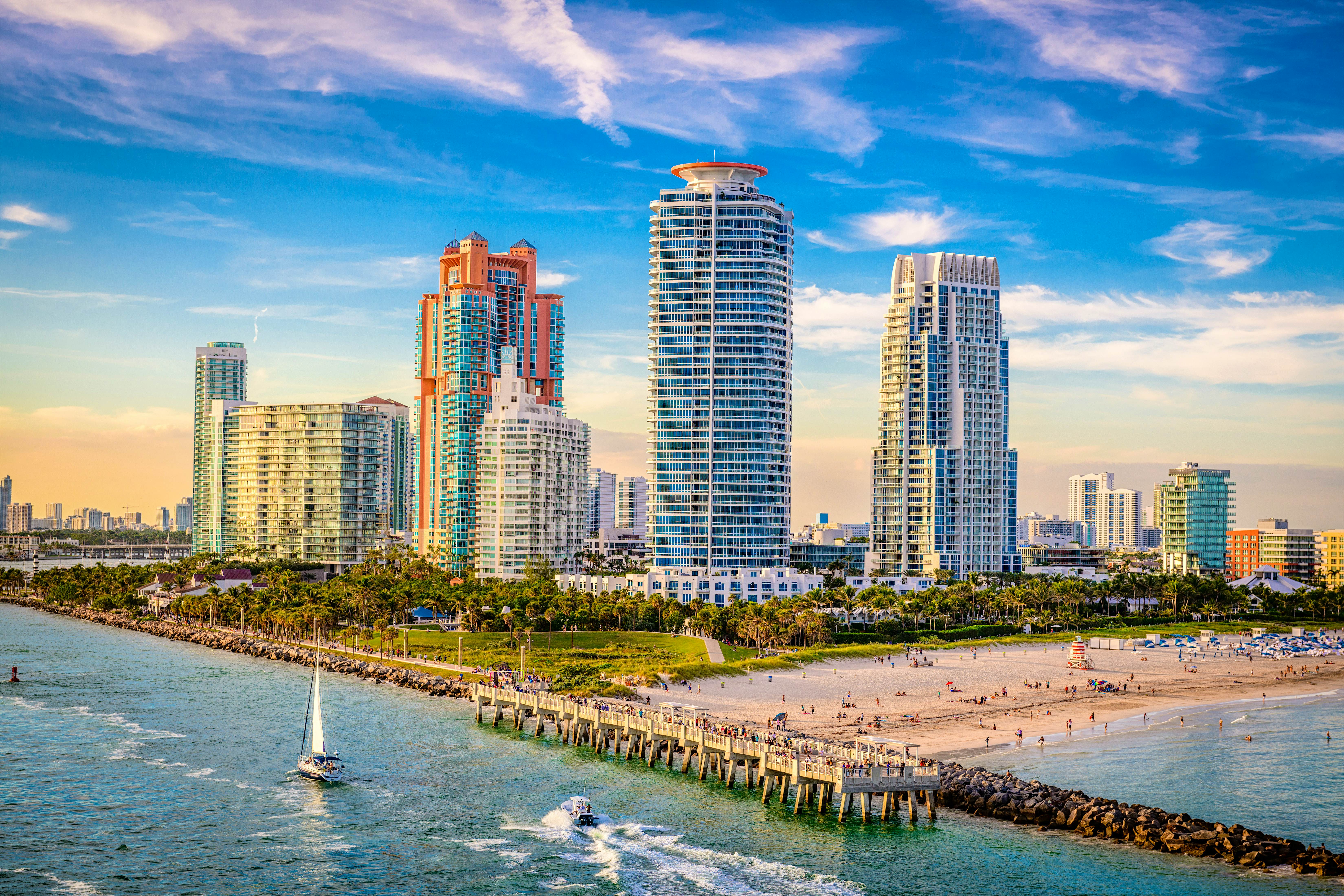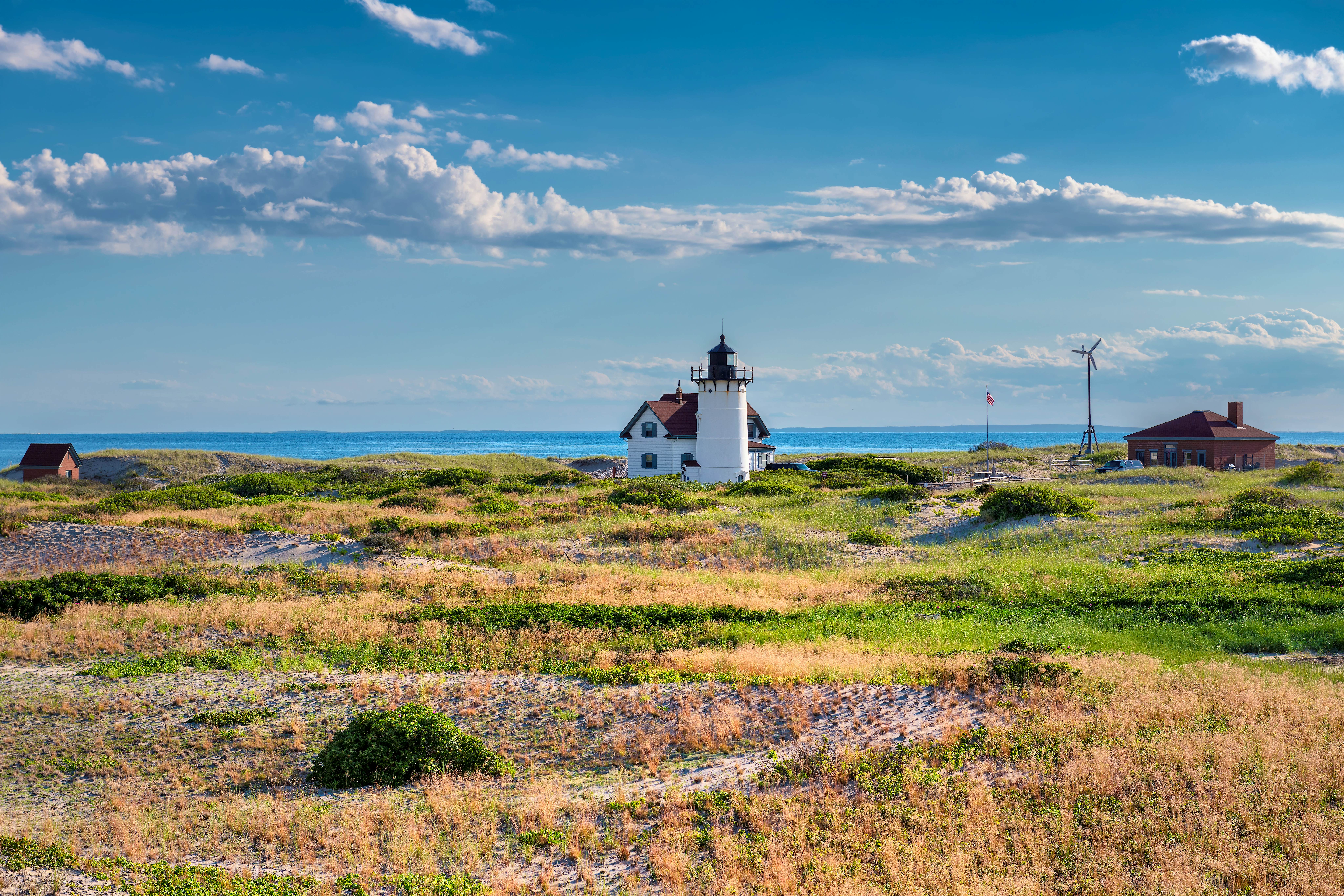These are the US states that require or recommend travelers to quarantine
Lockdown de-escalation efforts are well underway across the US and inter-state travel has more or less resumed as health officials lift quarantine directives in most places. But not every state is throwing its doors wide open to travelers this summer; some, like New York, New Jersey and Connecticut, are asking arrivals to quarantine upon arrival and, in the case of Alaska, to undergo health screening.
If you are planning to travel inter-state for a vacation or short trip, it's best to check your destination's travel advisories before packing your bags as the situation is constantly changing but for now here's a state-by-state breakdown of places across the US which still require or recommend quarantine.
Alaska
Travelers arriving from another state or country must complete a traveler declaration form on arrival; present a negative COVID-19 test taken within 72 hours or receive a test upon arrival and self-isolate while awaiting results. Travelers can only use roads or maritime highways and avoid remote areas.
Arkansas
Travelers returning from Connecticut, New Jersey, New Orleans, New York or any international destination must self-isolate for 14 days.
Connecticut
Anyone arriving from a state with a positive coronavirus test rate higher than 10 per 100,000 residents, or a state with a 10% or higher positivity rate over a seven-day rolling average, must self-isolate for 14 days upon arrival. This includes returning citizens.
 Arrivals from the tri-state area are required to self-isolate upon arriving in Florida ©Sean Pavone/Shutterstock
Arrivals from the tri-state area are required to self-isolate upon arriving in Florida ©Sean Pavone/ShutterstockFlorida
Travelers arriving from Connecticut, New Jersey or New York must self-isolate for 14 days.
Hawaii
All travelers arriving into Hawaii, including residents, from out-of-state must self-quarantine for 14 days. The rule is in place until 31 July. Residents traveling between any of the islands do not have to quarantine but they are required to have their temperature screened at the airport and complete a health and travel form.
Kansas
Anyone arriving from Alabama, Arkansas, Arizona or Maryland must self-isolate for 14 days, as should those who have been in close contact with a confirmed case
Maine
All arrivals must self-isolate for 14 days or have a negative COVID-19 test within 72 hours of arrival, except for those traveling from New Hampshire or Vermont.
 Massachusetts requires out-of-state travelers to self-isolate ©Getty Images/iStockphoto
Massachusetts requires out-of-state travelers to self-isolate ©Getty Images/iStockphotoNew York
Similar to Connecticut, anyone arriving from a state with a positive coronavirus test rate higher than 10 per 100,000 residents, or a state with a 10% or higher rate over a seven-day rolling average, must self-isolate for 14 days upon arrival. This includes returning citizens.
Governor Andrew Cuomo said on Wednesday (24 June) those states currently include Alabama, Arkansas, Arizona, Florida, North Carolina, South Carolina, Washington, Utah and Texas. The list of states on the quarantine list will be updated on a daily basis as the infection rate changes.
New Jersey
New Jersey's quarantine policy is in line with New York and Connecticut's: anyone arriving from a state with a positive coronavirus test rate higher than 10 per 100,000 residents, or a state with a 10% or higher rate over a seven-day rolling average, must self-isolate for 14 days upon arrival.
"Unfortunately many states continue to have high transmission rates. We are proud to work with our partners in New York and Connecticut on a joint incoming travel advisory to ensure continued progress against this virus and to keep residents of the tri-state area safe," Governor Phil Murphy said.
Massachusetts
All arrivals entering the state "by any mode of transportation for any reason" is required to self-isolate for 14 days upon arrival, and asked not to travel if they display coronavirus symptoms.
Nebraska
Arrivals returning from international destinations must self-isolate for 14 days.
New Mexico
Anyone who arrives in New Mexico from the state's airports must self-isolate for 14 days, except for airline crew and essential workers.
Rhode Island
Anyone returning from an international destination must self-isolate for 14 days.
This article originally ran on our sister site, Lonely Planet.



















